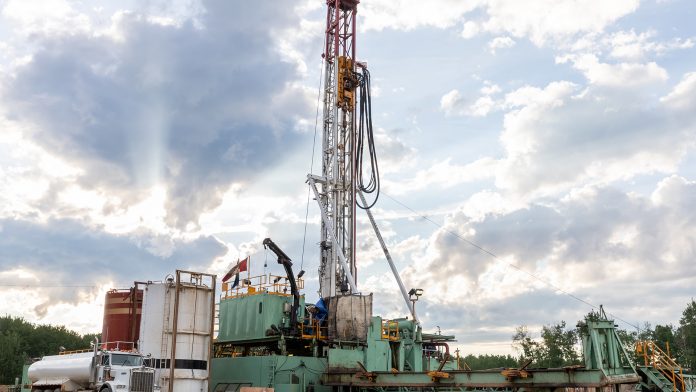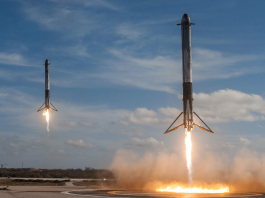The Topaz project is one of the world’s highest-grade helium discoveries, having been drilled and flowed 10.5% helium. Pulsar is now preparing to drill an appraisal well in Q4 of 2023, where preparations are at an advanced stage.
Pulsar Helium Inc. is a newly formed company that has 100% ownership of the Topaz helium project in Minnesota, and the Tunu helium project in Greenland. Both projects are new discoveries with Pulsar being the first mover in each jurisdiction. Instead of re-working old ground, Pulsar’s philosophy is to focus on new locations that give the opportunity to take significant land positions with potential for large-scale helium accumulations. It is worth noting that Pulsar only focuses on primary helium occurrences, whereby helium is the primary economic driver and not leveraged to the production of hydrocarbons. Only few locations on Earth have the potential for primary helium, of which Minnesota and Greenland are new additions with proven gas content.
Pulsar is a dedicated helium explorer and developer registered in British Columbia, Canada, and intends to list on the TSX Venture Exchange in Q2 2023. Personnel include seasoned helium professionals specialising in the fields of geology, operations, production, finance, compliance, and public relations. Where there are gaps in expertise, Pulsar has engaged expert consultants, including staff from the Woods Hole Oceanographic Institute, and the Edelgas Group.
Pulsar’s General Manager of Operations, Michael Sturdy, explans the characteristics of Topaz’s appraisal well, and the lead-up activities involved prior to achieving this significant milestone.
Background
The Topaz project was discovered by accident in 2011 when an exploration company drilled for nickel, but instead intercepted the previously unknown high-helium content gas. Two samples of the gas were sent for analysis – one to a commercial laboratory and the other to the University of Toronto – reporting a helium content of 10.5%.
Prior to sealing the well, the gas flowed for four days with no observed decline in pressure, with rudimentary field measurements reporting a gas velocity exceeding 150 km/hr (the upper limit of the anemometer’s capability). When the gas was deemed safe and non-combustible, the well was sealed off and abandoned. The team at Pulsar then acquired leases over the discovery area.
The Topaz Project is located on private mineral rights for which Pulsar has an exclusive lease, with adjacent additional prospective ground. Further applications have been submitted with private mineral rights owners and the Federal and State Governments for proximal areas of interest.
The Topaz discovery is a unique geological occurrence and represents the first recognised example of a novel geologic setting in which high-helium deposits can accumulate. Fortunately, Pulsar does not have a cold start on this, as the geology of the region is well studied, being nearby to significant mineral extraction operations.
The appraisal well
The short-term work programme for 2023 is to drill an appraisal well within 20m of the 2011 discovery well and carry out down-hole testing to determine the characteristics of the helium-bearing reservoir. The task is then to fast-track the discovery toward a feasibility study to determine whether Topaz can become a commercially viable helium producer.
Pulsar intends to drill the upcoming appraisal well using industry standard equipment capable of safely operating in a high-pressure gas system, including a blowout preventor to stop the uncontrolled release of gas from the well. At target depth, the drilling system will be a closed-loop fluid-based system that allows the drilling team to control the high-pressure gas expected to be encountered in this final segment of the well. Only biodegradable, non-hazardous fluids will be used, and municipal water trucked in, rather than using local sources. It is also worth mentioning that no hydraulic fracturing (fracing) will occur at any of Pulsar’s projects.
We have started rig inspections, looking at truck and skid-mounted rigs, both of which are modest in size and readily transportable in/out of site. The hole will initially be drilled to 18.5m depth where surface casing will be set and cemented to protect the local groundwater from any fluids we may encounter at greater depths. The hole will then be deepened to approximately 530m using air drilling technology, a more effective and efficient method of drilling through the igneous geology found in the Minnesota Iron Range.
The deepest segment of the appraisal well will be drilled to approximately 640m depth when a wellhead will then be installed at surface, the rig demobilised, and well-testing equipment moved onto site.
A series of well tests will be run to evaluate the pressure and permeability of the anticipated helium reservoir. This final data, along with the geological information acquired during the drilling process, will allow the Pulsar team to assess the commercial viability of the appraisal well.

Geophysics
Geophysical exploration methods are used to image subsurface structures and potential gas accumulations. These methods comprise mature technologies which involve measuring variations of Earth’s physical properties such as seismic waves, electrical resistivity, gravity, and magnetism. Several of these geophysical methods are often employed together to image subsurface gas accumulations. Several of these tools are being utilised by Pulsar prior to drilling the appraisal well at the Topaz Project, with the intention of optimising drill bit location for success.
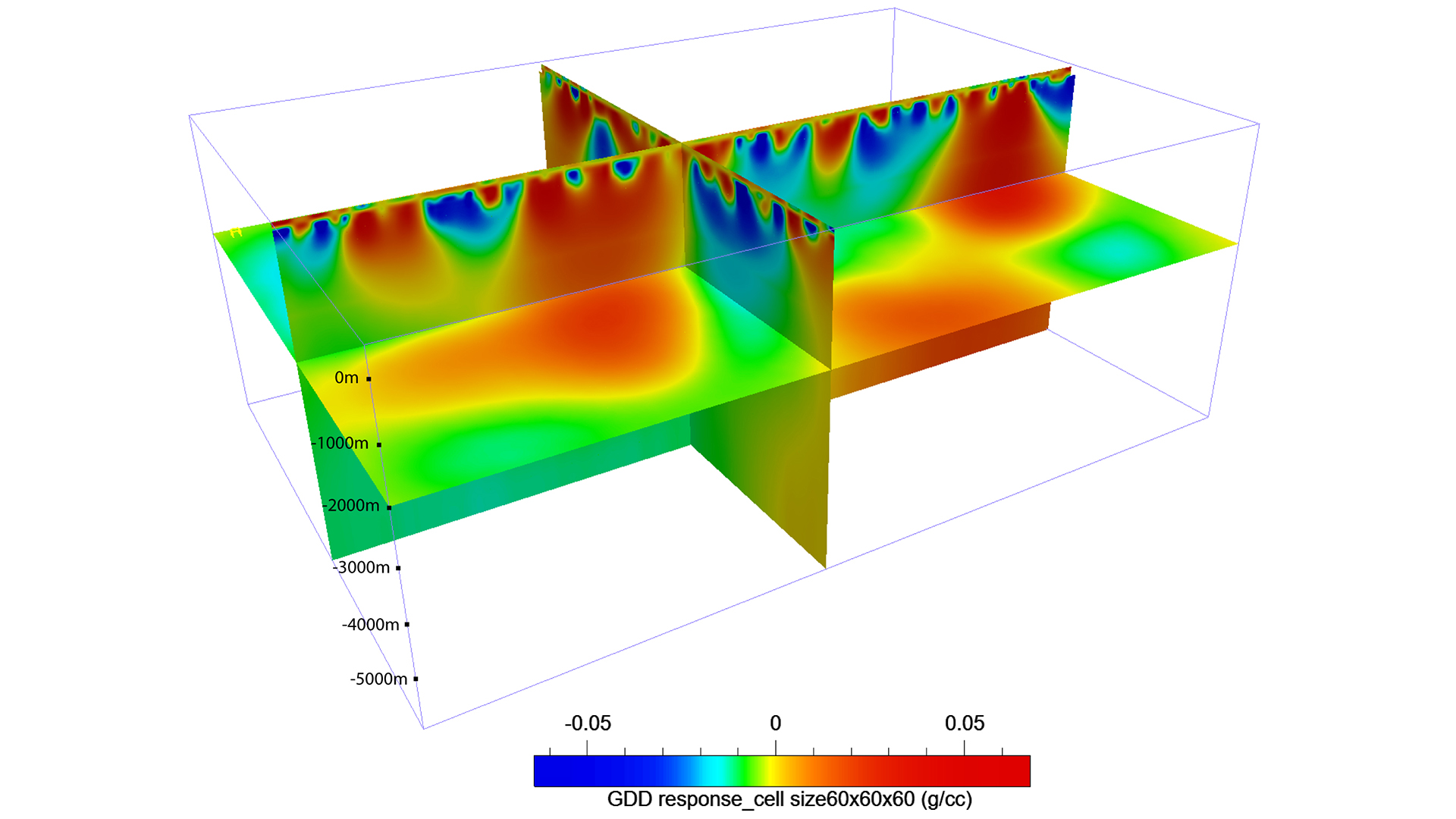
Airborne gravity gradiometry and magnetics
Airborne gravity gradiometry (AGG) is a modern geophysical method used to measure subtle variations in the Earth’s gravitational field below the aircraft. AGG is a highly effective method that is regularly used in the petroleum industry as part of the gas exploration toolkit. The technique involves measuring the spatial rate of change (or gradient) of gravitational acceleration to image anomalies associated with subsurface geological features. These measurements, combined with detailed measurements of the Earth’s magnetic field and other data, are used to map the subsurface geology. These geological structures control the geometry and extent of the helium-bearing reservoirs.
In August 2022, we conducted a high-resolution AGG and magnetic survey over the Topaz project. By analysing the gravity (and magnetic) data collected, our staff and consultants created detailed 3D models of the subsurface geology, which has aided the positioning of the appraisal well.
Passive seismic
Passive seismic, also referred to as ambient noise tomography, is a method used in seismology and geophysics to study the Earth’s subsurface structure. Ambient noise refers to the continuous, low-level seismic vibrations that are not necessarily linked to specific earthquakes or large-scale tectonic events. These vibrations can be generated by ocean waves, atmospheric pressure changes, traffic, or other sources. Passive seismic tomography takes advantage of these seemingly random signals to study the Earth’s interior.
The technique involves using an array of seismometers deployed over a specific region to record the ambient seismic noise. By cross correlating the signals from different seismometers, geophysicists can determine the travel times of the seismic waves between different locations. The travel times are then used to create 3D tomographic images, which provide information on the subsurface structure and properties, such as seismic wave speeds, and can help to identify features like faults, sedimentary basins, and volcanic systems.
Passive seismic tomography has several advantages over traditional active-source seismic methods, which use controlled energy sources like vibrating pistons or explosives to generate seismic waves. It is less invasive, less expensive, and can provide useful subsurface resolution over a large area of interest. Additionally, it can be used to monitor and study temporal variations in the Earth’s subsurface, such as those caused by fluid migration and volcanic activity.
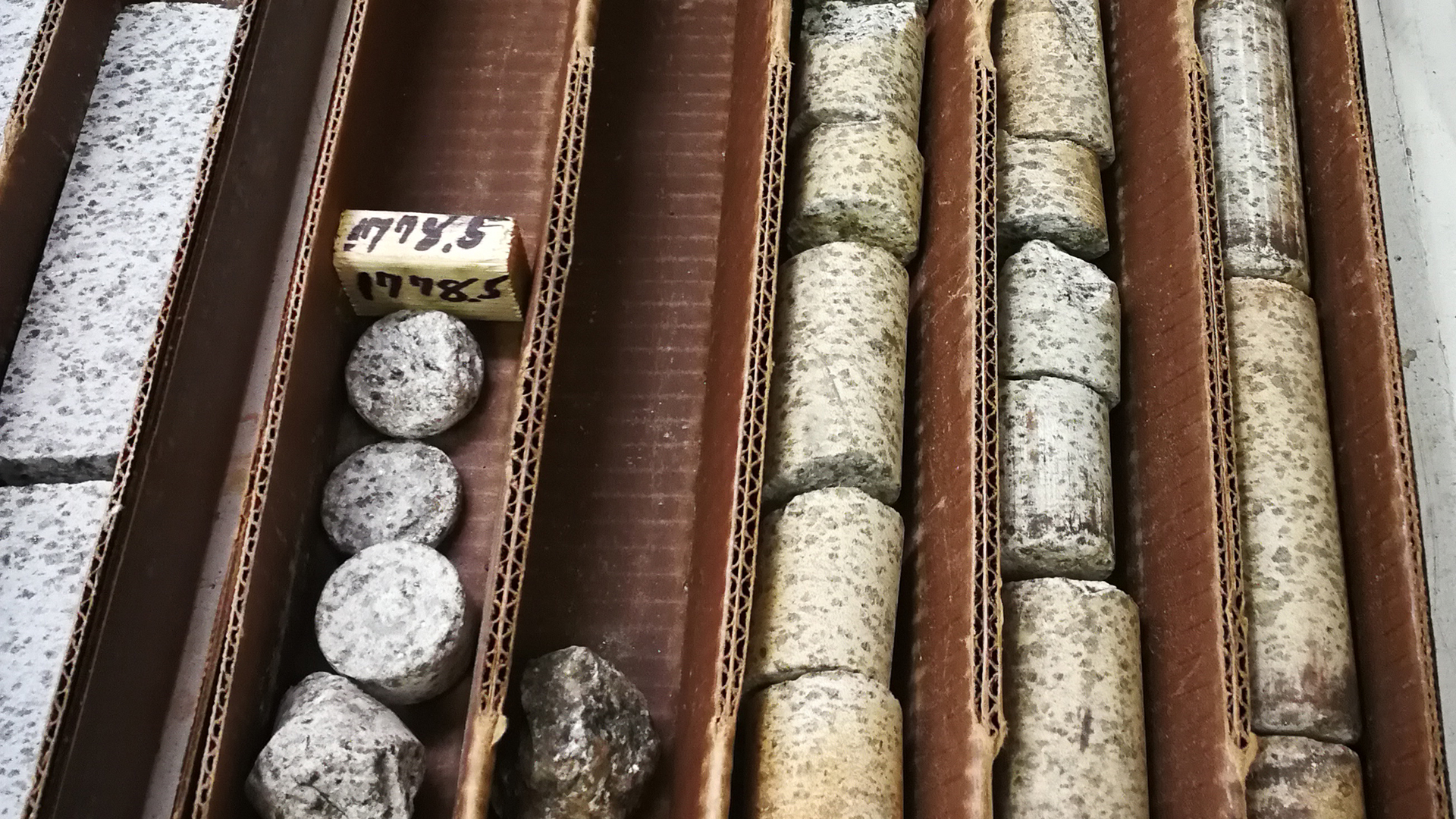
The passive seismic survey is scheduled to commence prior to the commencement of drilling the appraisal well at the Topaz Project. The sensor (nodes) array will be placed over the proposed well location and surrounding land, left for a period of about one month. The nodes are readily distributed in the field, being similar in size to a coffee cup, and only needing to be placed on surface. Once the data is processed, the tomographic data will be used to augment the other Topaz geophysical data, such as the AGG and magnetics, to calibrate and enhance the subsurface model.
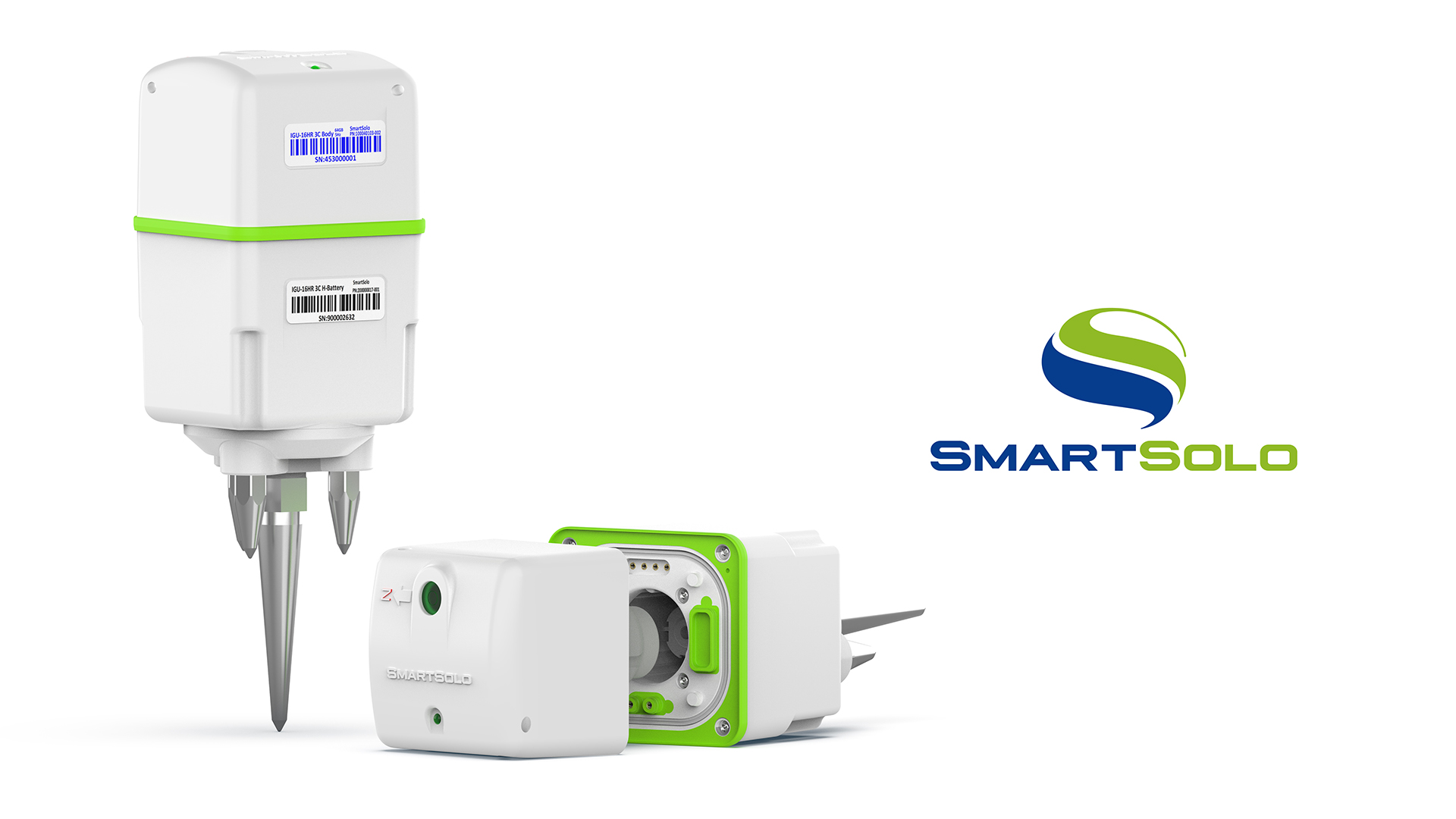
Identification of new helium locations
We believe surrounding the Topaz Project is vast helium potential, as evidenced by a 2% helium concentration measured in a well 160km southwest of the planned appraisal well. At Pulsar, we are enthusiastically exploring this expansive area, which we believe to be a newly discovered helium-rich province in northern Minnesota.
To efficiently assess the region’s helium potential, we are utilising a cost-effective and minimally invasive method of sampling existing water bores. Over 6,000 registered domestic and industrial water bores lie within our area of interest. Pulsar plans to evaluate many of these using a portable mass spectrometer. This advanced device accurately quantifies a host of gas species (including helium) in both water and gas samples.
By Q3 2023, Pulsar aims to commence the water bore sampling, and preparations are well underway. A local contractor, after obtaining the bore owner’s permission, will visit each site to collect gas and water samples. These samples will be analysed in real-time using the mass spectrometer.
This innovative approach is expected to yield precise data on helium occurrences, which have migrated from deep underground to the water table. This valuable information will guide our exploration efforts, targeting new areas beyond the impressive 10.5% helium concentration discovered at the Topaz drilling site.
Summary
Two of our core values at Pulsar are:
• To be a sustainable business; and
• To embrace innovation.
The techniques that we are applying to our exploration and development activities are cutting-edge, providing data of the utmost quality, while also having minimal impact on the landscape – living up to our values.
The upcoming appraisal well at the Topaz Project is a significant milestone for Pulsar, and should it be successful, then we are a step closer to the possibility of primary helium production.
About the General Manager of Operations
Michael Sturdy is a US citizen and has over 17 years of project management experience across technical, operational, and leadership roles in the oil and gas industry. During his career, Michael has worked for ExxonMobil, ConocoPhillips, SM Energy, BG Group, and Armour Energy.
He has worked in clastic and carbonate fields in Southwest Louisiana and West Texas; unconventional shale plays in the Eagleford Shale and Barnett Shale; coal seam gas in New Mexico, Colorado, and Australia; and conventional and tight sandstone in the Bowen Basin of Australia. Notably, Michael has directed and implemented a $300m development budget for an independent operator in the United States; developed and implemented to commissioning a multi-million-dollar field development project for a major integrated operator in Australia; and planned and supervised numerous vertical, directional, and horizontal drilling programmes.
Michael holds a Master of Science in geology from Texas A&M University and a Bachelor of Science in geology from the University of South Alabama. Concurrently with his time at university and early career, Michael spent 13 years in the U.S. Coast Guard Reserve. He led a reserve unit supporting national emergency response, military deployments, and law enforcement actions.
Please note, this article will also appear in the fourteenth edition of our quarterly publication.

